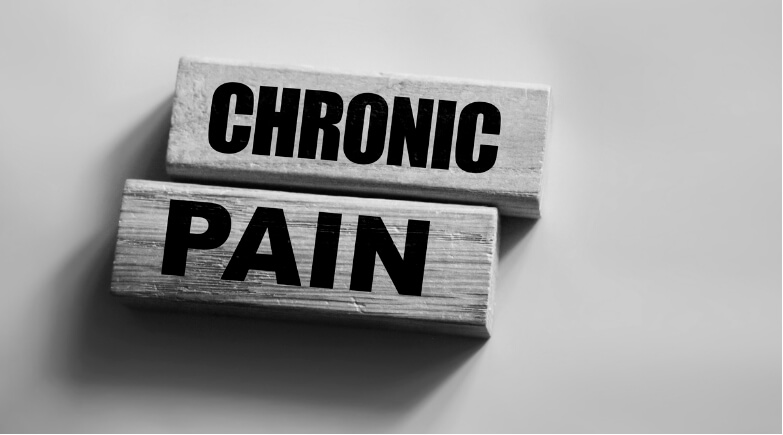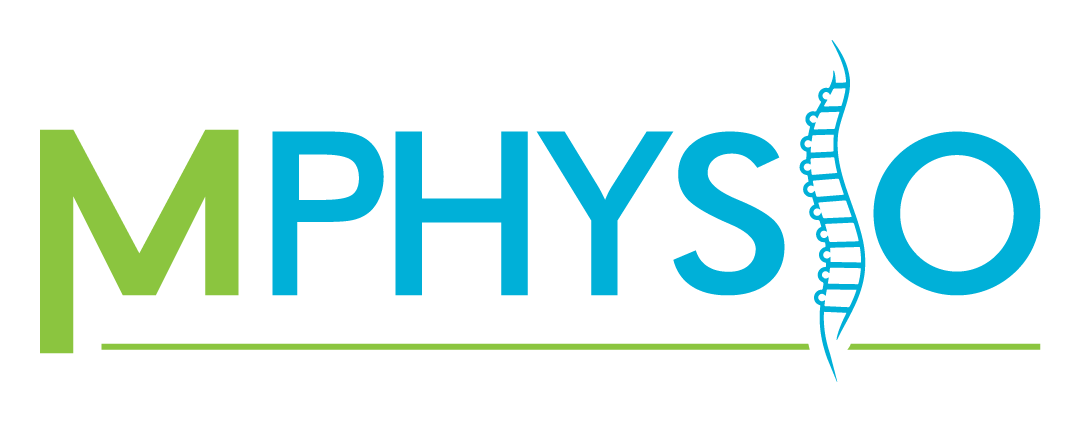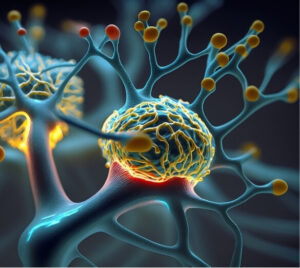Blog, Physiotherapy
Rethinking Recovery: How Pain Science Shapes Modern Care

Pain is one of the most common reasons people seek help yet it remains one of the most misunderstood.
For decades, we viewed pain purely as a sign of injury or damage. But thanks to the evolution of pain science, we now know that pain is far more complex and far more manageable.
At M Physio, we embrace this modern understanding of pain to help people break free from long-term discomfort and reclaim control of their lives.
A Brief History: From Damage to the Brain
The traditional view of pain came from René Descartes’ 17th-century theory, which described pain as a direct response to tissue damage, like pulling on a rope that rings a bell in the brain.
But over time, this theory didn’t hold up. Patients with severe injuries sometimes reported no pain, while others experienced severe pain without clear damage. This discrepancy led researchers to ask: What really causes pain?
The Modern Understanding: Pain as a Protective Alarm
Today, pain is understood as a protective response created by the brain, not a direct measure of injury. The neuromatrix theory, developed by Professor Ronald Melzack, showed that pain arises from multiple inputs including physical, emotional, cognitive, and environmental factors.
In other words:
Pain doesn’t always mean harm.
And healing doesn’t always switch pain off.
This is particularly relevant in chronic pain, where the nervous system becomes overprotective – much like a car alarm that goes off too easily. Even when tissues have healed, the brain can continue to send out pain signals if it perceives a threat.
What Does This Mean for You?
If you’ve been dealing with persistent back pain, joint aches, or unexplained discomfort, you’re not broken – and you’re not alone.
Understanding pain through a modern lens means:
- We treat you, not just the site of pain
- We address movement patterns, stress levels, sleep, and mindset
- We can help retrain your nervous system to reduce pain sensitivity
How M Physio Can Help
At M Physio, our treatment is based on the latest pain science. We combine manual therapy, movement re-education, and targeted exercise with powerful education so you understand what’s happening in your body.
We help you:
- Rebuild confidence in movement
- Desensitise the nervous system
- Understand pain without fear
- Recover without reliance on medications
Our team stays up-to-date with cutting-edge neuroscience so that you get care that’s evidence-based, compassionate, and personalised.
Don’t Just Manage Pain – Understand It and Beat It
If pain has been holding you back, now is the time to act. Book in with M Physio today and let us help you move better, feel better, and get back to the things you love.
 |
Written By:
Tim Brasseur (Physiotherapist) Bachelor of Science (BSc) in Physiotherapy (Honours) |
References
Melzack, R. (2001). Pain and the neuromatrix in the brain. Journal of Dental Education, 65(12), 1378–1382.
Moseley, G. L. (2007). Reconceptualising pain according to modern pain science. Physical Therapy Reviews, 12(3), 169–178. https://doi.org/10.1179/108331907X223010



